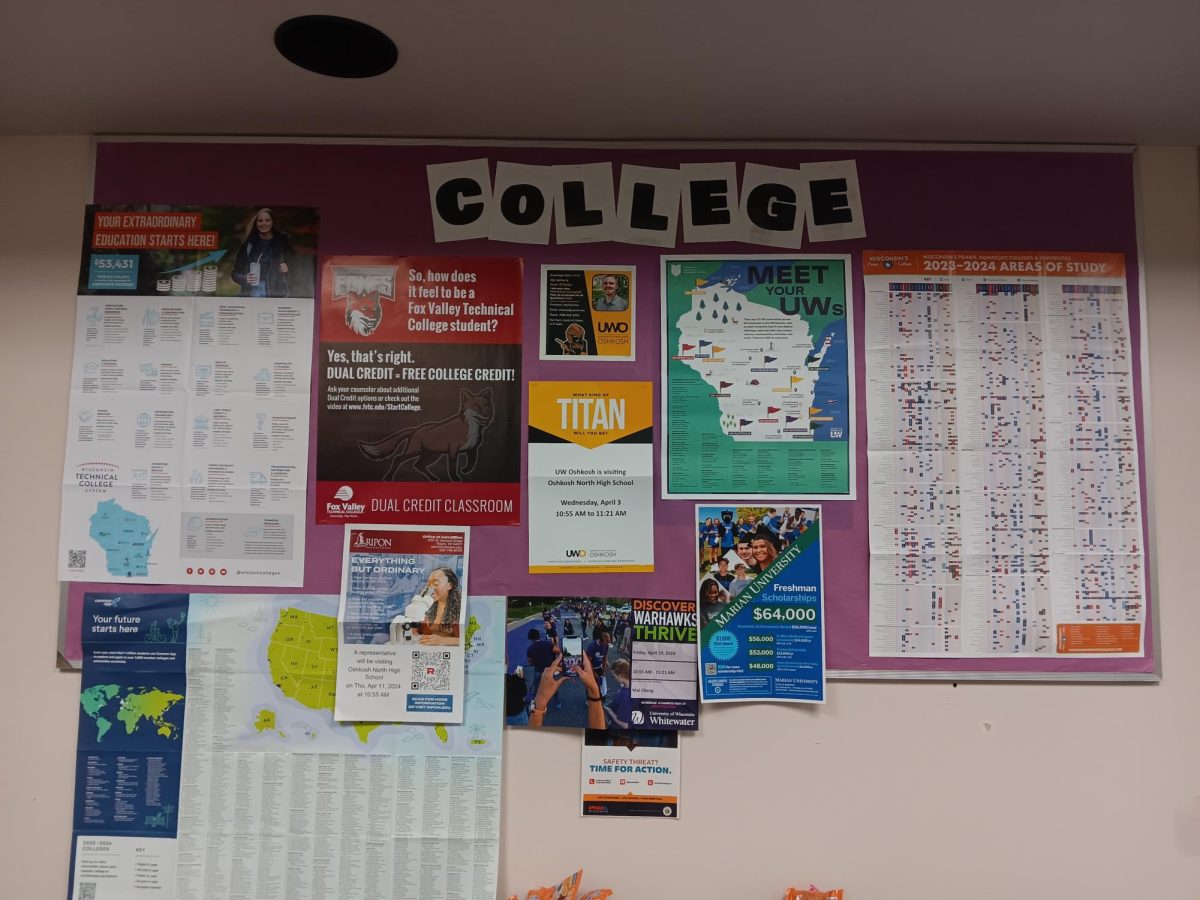“If you want to go to a four-year college, you better listen up.”
Teachers often say this phrase, especially in honors, AP, and CAPP classrooms.
Colleges, longtime sources of education and information, quickly became the norm for post-graduation plans. But now, fewer high school graduates are moving towards college, instead leaning more towards the workforce or technical colleges. In the age where the average college student leaves with around $38,290 in debt, schools should consider different options.
High schools should no longer push college after high school, as the United States’ economy shows more reward towards technical schools and the workforce.
Many students go to the workforce or to tech schools, where financial burdens aren’t as stressful. With financial struggles almost certain for college students, the post-college future is unsettling. Therefore, we should think beyond just four-year colleges, and think of technical colleges, trade schools, and the workforce. Pushing students towards college has benefits, but it can cause financial stress and self-esteem issues if it’s overused.
Currently, the highest demand jobs are wind turbine service technicians, nurse practitioners, data scientists and statisticians. All of these jobs are programs at technical colleges that can be pursued. Taxi drivers are also high-demand, a job that doesn’t rely on college education.
With this in mind, it’s obvious that the most needed jobs are currently accessible through technical colleges or the workforce. So why do schools still push for college after high school? North’s senior-class counselor, Sarah Erickson, says this is because of stereotypes associated with success and pressure from family and teachers.
“Sometimes, parents and school staff push for college and university. I think there is a stereotype of: ‘In order to be successful, you have to go to a four year college.’”
At North, more students are opting for tech schools or the workforce for their post-graduation plans. In 2023, 22% of senior students wished to attend technical colleges, and 23% had no wishes to pursue college or tech school. These percentages increased from past years, showing that college doesn’t include every student’s post-graduation plans.
Erickson explained how technical schools like Fox Valley Technical College (FVTC) are more accessible to students.
“Fox Valley Technical College is a lot more accessible to students, a lot of times they offer more support at a cheaper cost, and I think all technical schools are adapting to this new generation of students. They have created transfer programs that allow students to start there in smaller classes with more support, and then transfer to a four year college.”
Erickson also pointed out that financial costs are a big consideration for many Gen Z highschool students.
“This generation of students are a lot more conscious about money and student loans. They want to make sure they can pay for the school that they’re having, and live a comfortable life.”
In a time where U.S student debt totals $1.602 trillion, it’s important for schools to still push post-graduation plans on students but also include other options, not just four-year colleges.








